For Atlanta homeowners, winter preparation often centers on managing the mild cold. However, true preparation is not only central to temperature but also preparation for severe winter weather. Severe winter storms like snow or ice storms can quickly coat trees and power lines with heavy ice, which can lead to power outages in many residential areas.
When the primary heat source fails, the fireplace transitions from an aesthetic feature to a critical heating resource. Relying on an aesthetically installed, traditional open fireplace without proper preparation can quickly lead to exhaustion of limited, expensive seasoned wood supplies, increasing the temptation to burn unsafe materials.
With this in mind, the chimney experts at Southern Chimneys want to provide you with information on how to utilize your chimney in case of a power outage, all while debunking myths associated with fireplaces.
Myth 1: An Open Fireplace Heats the Room Best
One of the most persistent misconceptions is that a traditional, open masonry fireplace is an efficient method of heating a home. In most cases, a traditional fireplace is often more for show than substance, exhibiting a smaller operating efficiency – usually 10%!.
The lack of efficiency here is due to the amount of conditioned air required for combustion. An open fireplace typically draws in already-heated room air and sends it straight up the chimney. This type of heat exchange can lead to “negative efficiency,” where the overall heat loss through the chimney exceeds the heat produced by the fire, ultimately contributing to the cooling of the rest of the home.
To mitigate this significant heat loss, conservation measures must be taken after the fire dies down. Once a wood-burning fire is completely extinguished and the ashes are cold, the damper should be tightly sealed shut to prevent ongoing thermal leakage of warm air. Upgrading the outdated throat damper—which often provides an inadequate seal—to a modern top-sealing damper installed at the chimney cap is an effective way to keep conditioned air inside and cold air out, improving overall energy efficiency once the outage ends.
The Fireplace Myth Solution: High-Efficiency Inserts and Stoves
For homeowners wanting long-term emergency heat, then upgrading a fireplace is one key step. Certified wood stoves and fireplace inserts significantly improve the efficiency profile, with sealed units designed to retain heat, achieving higher efficiency ratings than open fireplaces.
A significant benefit of modern inserts is their heat distribution technology. Most inserts have electric blower fans to circulate warm air, yet these types of components can stop working during a power outage.
Yet, its core efficiency still remains. To maximize the 80%+ heat output during an electrical failure, homeowners can employ simple, non-electric accessories. Heat reflectors, or shields, placed at the back of the firebox, reflect radiant energy into the room, helping to increase heat delivery.
Myth 2: Anything That Burns Will Give Heat
When facing a power outage in the winter, the temptation to burn whatever is available—cardboard, construction debris, or wet logs—is common. However, burning certain materials, including plastic or wet/green wood, can immediately jeopardize the chimney system and the home’s safety.
The safety threat is primarily associated with the moisture content. Freshly cut, wet wood typically has a higher moisture content. When burned, the fire wastes enormous amounts of heat energy simply boiling off this water before any usable heat is released. Seasoned wood, which is usually dried for at least six months and contains less than 20% moisture, can provide better heat in a fireplace.
The important note here is that high moisture content suppresses the fire, leading to excessive smoke production. This smoke, when cooling in the chimney flue, condenses into creosote—a highly flammable residue. Creosote buildup is the leading cause of chimney fires, and can put you and your family at risk if not properly maintained or cleaned.
By choosing dry, dense hardwoods like oak or ash, Atlanta residents maximize the heat generated per log while simultaneously minimizing the risk of a chimney fire.
The Fireplace Myth Solution: Annual Fireplace Inspection
The best step you can take as a homeowner who wants to be winter-ready is to schedule your annual chimney inspection or cleaning. A certified chimney sweeper will be able to determine if your chimney is at risk for fires due to factors such as creosote buildup or issues with the chimney cap.
The best time to schedule your chimney inspection or cleaning is in the months prior to when you may be utilizing your fireplace – typically late summer, early fall.
Myth 3: Gas Fireplaces Depend on Electricity
Gas fireplaces offer an extremely convenient and reliable source of non-electric heat, provided the homeowner understands their specific ignition system. It is a common myth that all gas fireplaces are rendered useless during a power outage.
A majority of older or lower-tech gas fireplaces utilize a standing pilot light system (millivolt). Since the pilot flame generates the small electrical current needed to open the main gas valve, these units will ignite and operate safely during a power outage without requiring house current.
Most of the newer, high-efficiency models often feature an Intermittent Pilot Ignition (IPI) system to save energy. These IPI systems require a small electrical spark to light the pilot flame each time the unit is used. For emergency operation, these systems must be equipped with functional battery backups, which homeowners should verify and test well before winter. Even with modern direct-vent gas fireplaces, which often use an electric fan for optimal heat circulation, the unit can generally still operate during a blackout by utilizing warm air buoyancy for venting, although with lower heat output and a higher potential for indoor pollution if run for extended periods.
The Fireplace Myth Solution: The Damper Rule
A crucial, often-overlooked safety requirement applies to gas log fireplaces installed in traditional masonry chimneys: the damper must be fixed in the open position. This safety mandate, often enforced by a “keep-open” device, ensures that any potential carbon monoxide from a constantly burning pilot light or incomplete combustion is always vented outside, even if the user forgets to open the damper before activating the logs.
While this is essential for safety, it imposes a continuous thermal penalty on the home. An open damper functions as a large, unsealed hole to the outside, constantly allowing conditioned air to escape the house. For Atlanta residents, this means a perpetual, costly drain on the home’s thermal energy, especially when the gas logs are idle.
Since closing the damper is prohibited for systems with pilot lights, the most effective heat conservation strategy is thermal zoning. Homeowners should close off the room containing the gas fireplace from the rest of the house when the logs are not in use, minimizing the total volume of conditioned air that constantly escapes up the flue.
Heating Alternatives to Avoid: Generators and Illegal Heating Methods
When heating systems in a home go out, the risk of accidental carbon monoxide poisoning spikes due to the use of highly hazardous heat alternatives. Under no circumstances should homeowners use appliances not specifically designed and fully vented for indoor residential heat.
The Non-Negotiable: Carbon Monoxide (CO) Safety
Any discussion of emergency heating, whether using a wood-burning appliance or gas logs, must begin and end with carbon monoxide (CO) safety. CO is a colorless, odorless gas produced by the combustion of fuels, earning it the moniker of “silent killer”.
The most important safety measure homeowners can implement is installing and maintaining functional carbon monoxide detectors, particularly near sleeping areas. It is good practice to check these devices before the onset of winter weather to ensure they are functioning and able to detect CO.
The Carbon Monoxide Zone: Generators, Grills, and Ovens
The most critical safety violation during a power outage is the misuse of combustion devices. Most CO risks are created when using a gas oven, cooking range, or charcoal grill to heat a home. Similarly, portable generators, camp stoves, and outdoor grills should be kept from entering a home, crawl space, or garage.
Before the Freeze: The Final Heating Checklist and Inventory
Early Chimney Cleaning and Check: Schedule your annual chimney inspection and cleaning to check for creosote, blockages, and the chimney cap. Try to schedule your chimney inspection before the fall or when you plan to use your fireplace.
Wood and Fuel Quality: Secure a supply of dry, seasoned hardwood (moisture content below 20%). Store wood outdoors, off the ground, with only the top covered to ensure it remains dry.
Emergency Gear: Install and test battery-operated CO detectors near all sleeping areas of your home and any fuel-burning appliance. Create a power outage emergency kit that contains flashlights, not candles.
Heating System Verification: If your home has gas logs, consult the owner’s manual to confirm the ignition type (Standing Pilot or Intermittent Pilot Ignition). Alternatively, contact a local chimney company and be sure to verify that any required battery backup is functional.
Get Your Chimney Winter Ready with Southern Chimneys Conclusions
For Atlanta residents, a winter power outage transforms the home environment, making emergency heating a matter of safety and preparedness. The most critical step is the annual professional maintenance of your fireplace.
If your chimney has yet to undergo a proper chimney sweep then contact Southern Chimneys or an inspection or chimney. We provide maintenance, repair, and emergency response to fireplaces and chimneys in the Atlanta area.
Get your home and chimney winter ready this year, and contact Southern Chimneys today.
This post first appeared on https://southernchimneys.com
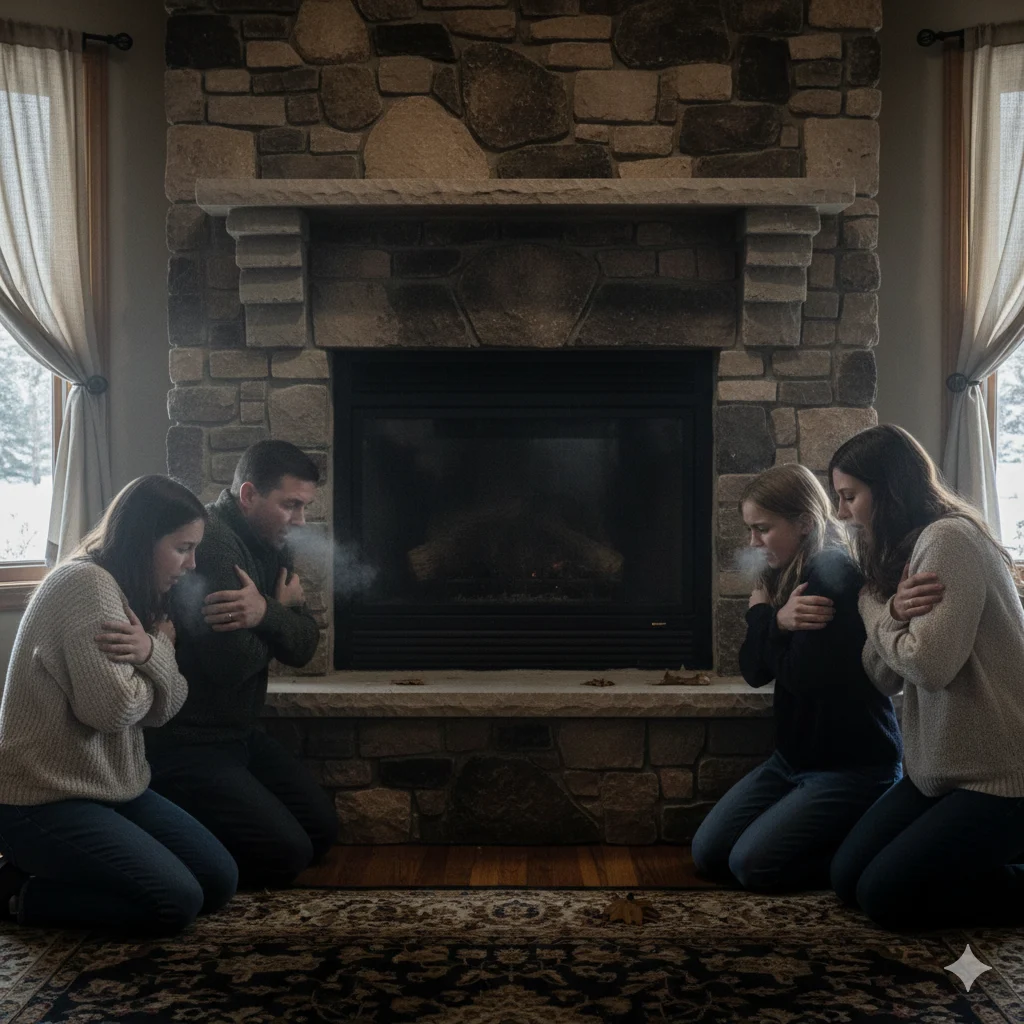
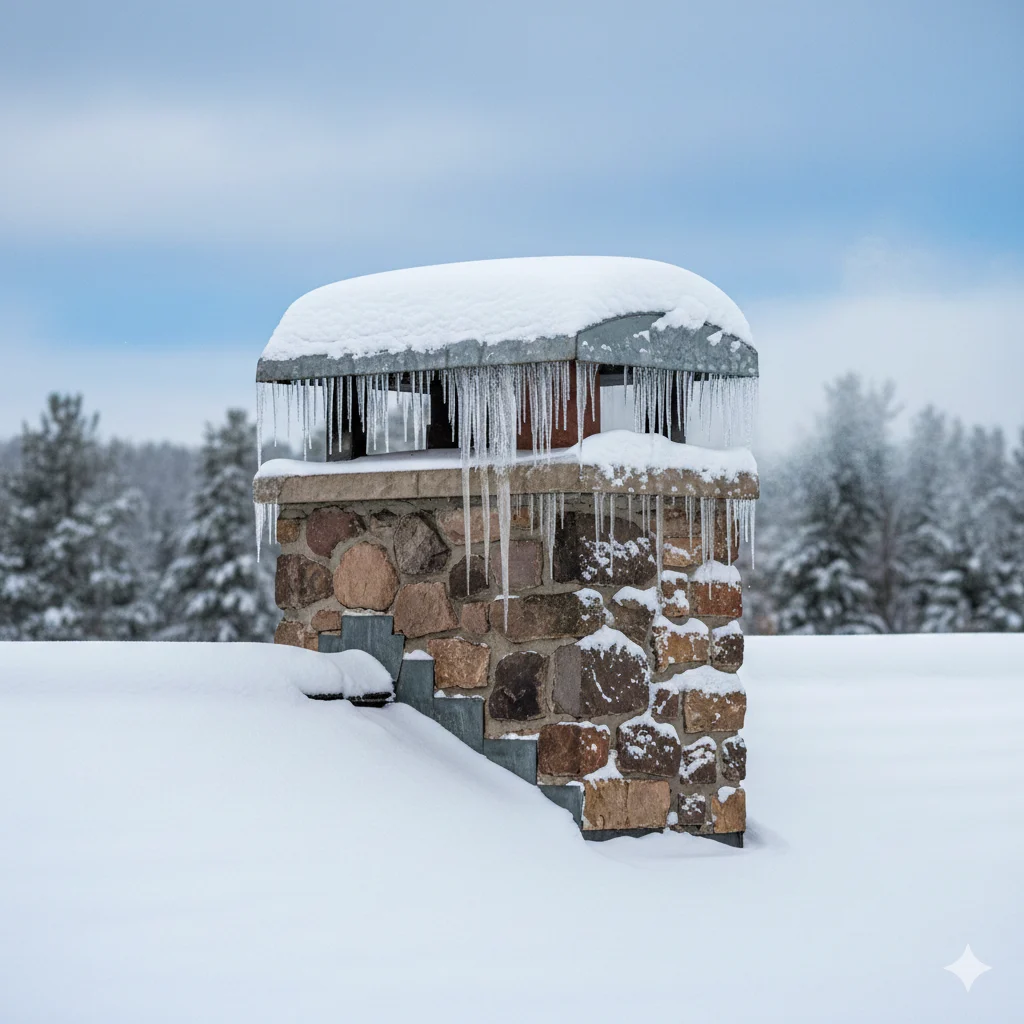
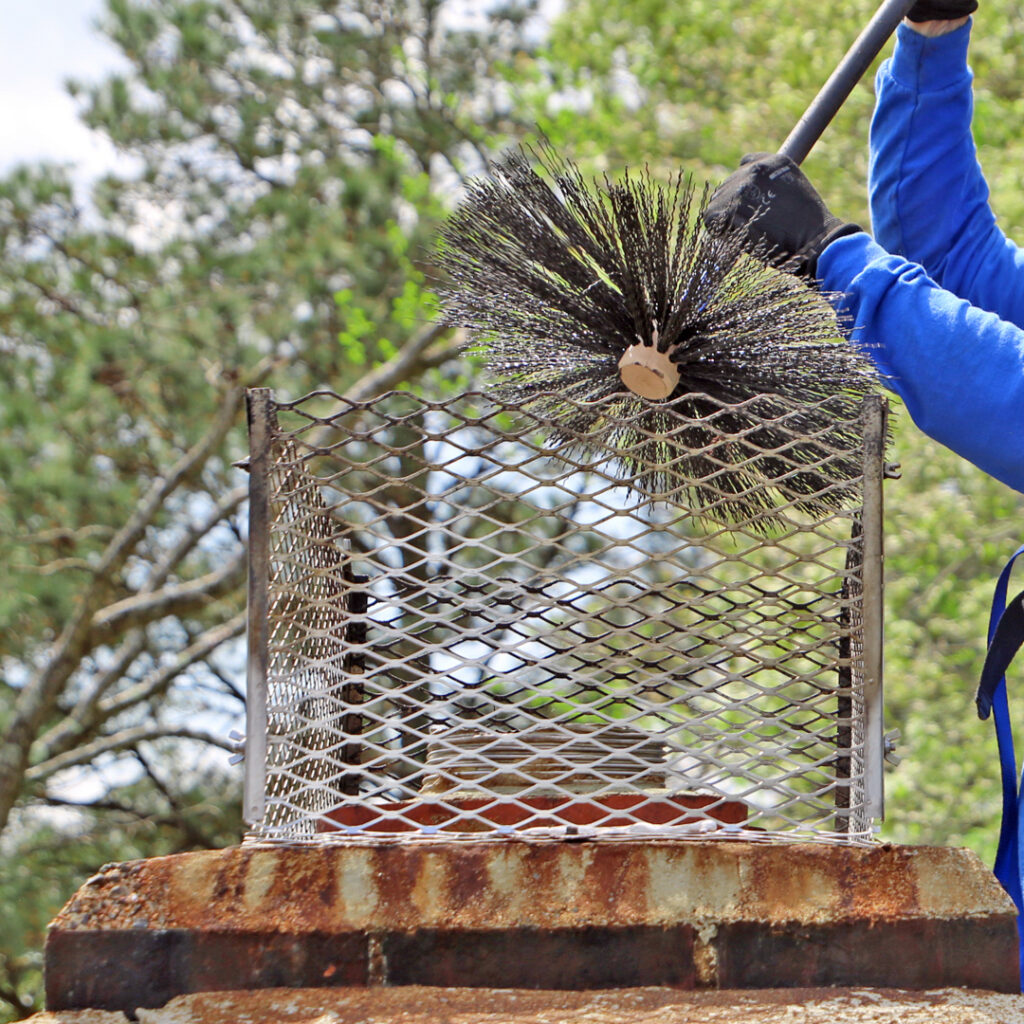
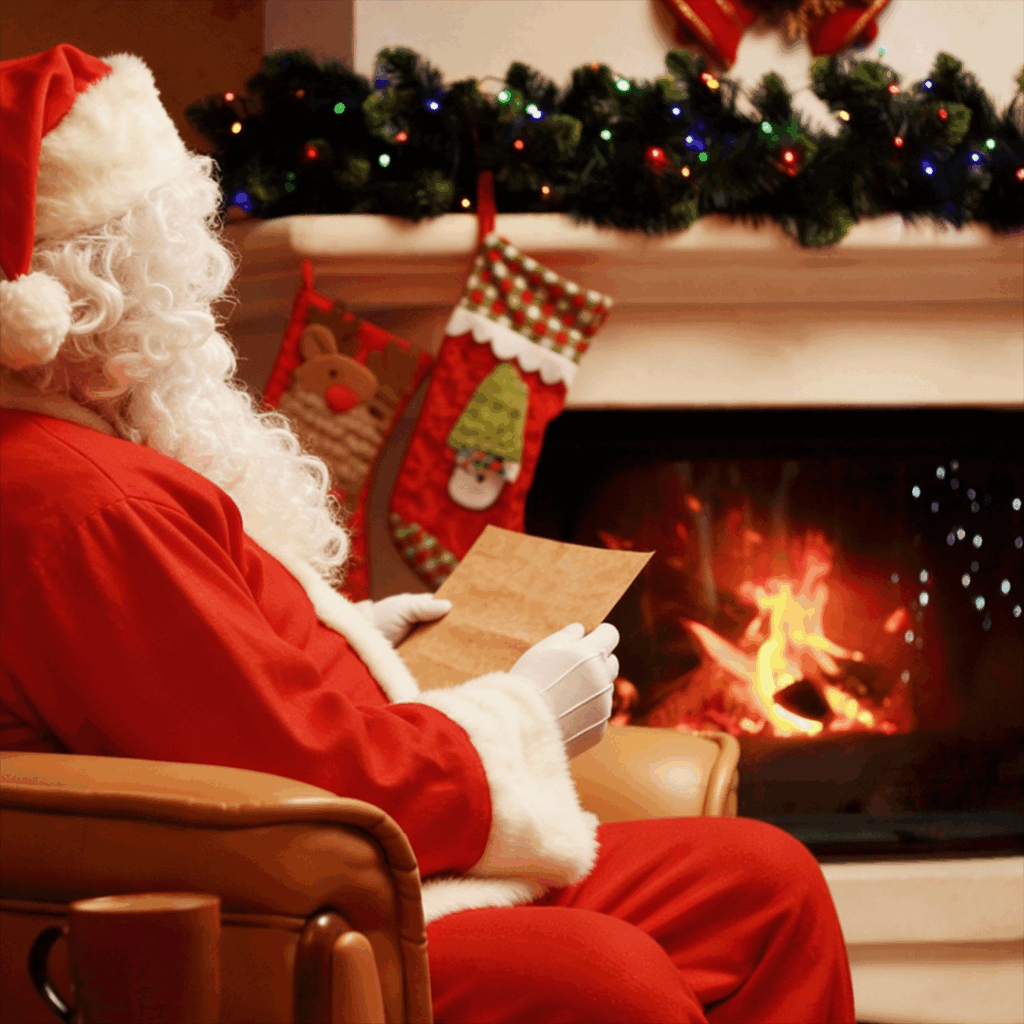


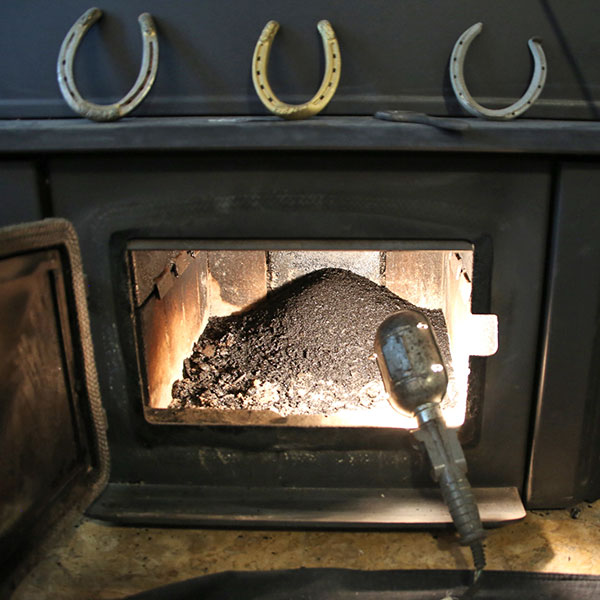 How To Protect Your Chimney Flue From Creosote Build-up?
How To Protect Your Chimney Flue From Creosote Build-up?
 revent Chimney Fires – When our team performs a
revent Chimney Fires – When our team performs a 